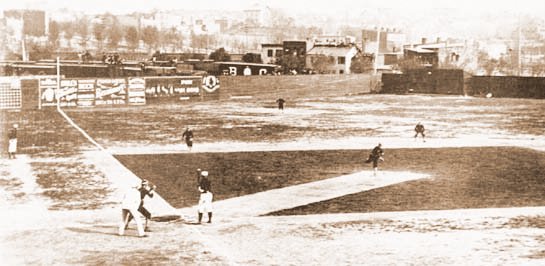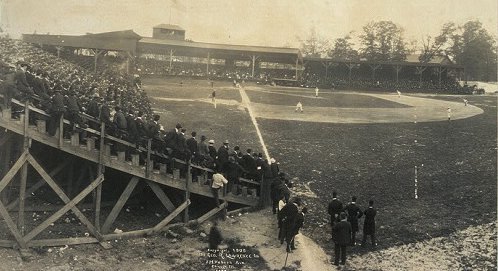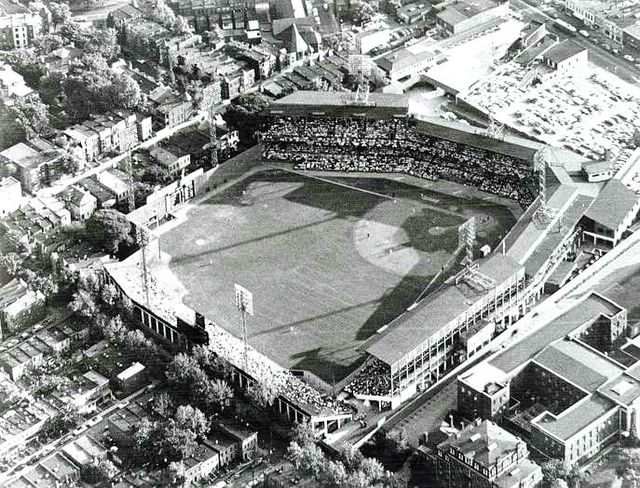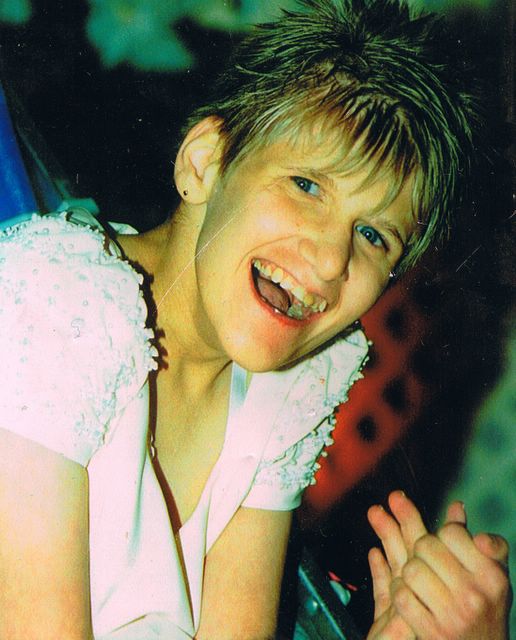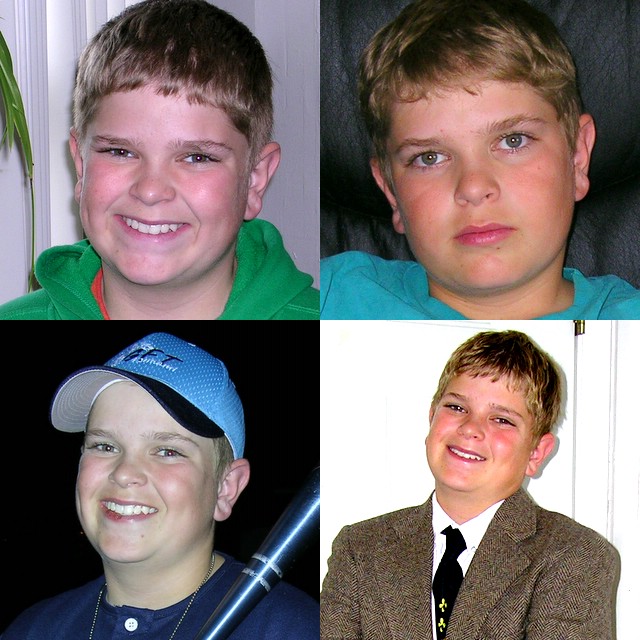It's John Patterson's Time To Take Center Stage
 [October 13th] -- John Patterson was standing at the back of the mound, hat in his hand, wiping the sweat from his brow that was as much a result of the Washington humidity as it was the jam he was in. The Dodgers had loaded the bases, and J.D. Drew was at the plate. Two out. 3-2 count. 40,000 cheering fans shook the waffle-topped roof at RFK. Patterson returned to the mound and toed the rubber. His leg kicked high as he followed through on a looping, drooping curveball that bounced at the plate moments after Drew swung helplessly at the pitch. Patterson shuffled towards the dugout with that "aw shucks" look on his face. John Patterson showed D.C. fans yet again a glimpse of his potential stardom.
[October 13th] -- John Patterson was standing at the back of the mound, hat in his hand, wiping the sweat from his brow that was as much a result of the Washington humidity as it was the jam he was in. The Dodgers had loaded the bases, and J.D. Drew was at the plate. Two out. 3-2 count. 40,000 cheering fans shook the waffle-topped roof at RFK. Patterson returned to the mound and toed the rubber. His leg kicked high as he followed through on a looping, drooping curveball that bounced at the plate moments after Drew swung helplessly at the pitch. Patterson shuffled towards the dugout with that "aw shucks" look on his face. John Patterson showed D.C. fans yet again a glimpse of his potential stardom.
Patterson was a high school stud in Orange, Texas when he was drafted by the Montreal Expos in 1997. However, the Expos failed to tender their contract to the high schooler within the required 15 days, and Patterson was declared a "free agent" by Major League Baseball. He quickly signed with the Arizona Diamondbacks.
Patterson spent his first year as a pro in South Bend in the Midwest League, compiling one of those typically contradictory statistical years that is found in the lower minor leagues. He went just 1-9, but with a sterling 3.23 ERA, and struck out 95 in just 78 innings. He was considered a mid-level prospects by the scouts, but with a strong "up-side."
Pitching in the California League in 1998, Patterson went 8-7 with a 2.83 ERA and 148 strikeouts in 127 innings. The "Baseball Prospectus" named him the #23 prospect in all of baseball. 1999, spent with El Paso in the 'AA' Texas League, wasn't quite as promising. While he struck out 117 in 100 innings, his ERA rose to 4.77. Still, he proved enough to get an opportunity to play with the 'AAA' Tucson Toros, where he failed miserably. He won only one out of six decisions, and saw his ERA balloon to 7.04. Still, Baseball America named him the #24 prospect in baseball.
2000 was a total loss, as Patterson blew out his elbow and was forced to undergo Tommy John surgery. His return to 'AAA' in 2001 showed he wasn't ready to pitch at that level. He went 2-7 with a 5.85 ERA. His strikeouts were down and his walks were up. Baseball was beginning to wonder if his grand potential would ever be realized. Most scouts believed he was rushed back to the mound, and this might effectively end his career. They were wrong.
He played much better in 2002, going 10-5 with a 4.23 ERA with Tucson. His velocity, although not back to his pre-injury speed, was much better. He struck out 104 in 113 innings. He also pitched well during his "call-up" with the Diamondbacks.
2003 was another year of injuries, as he developed shoulder and neck problems. Still, he did well in his third stint with the Toros. He went 10-5 with a sparkling 2.63 ERA, but his strikeout totals dipped significantly, probably due to the lingering effects of his injuries. The Diamondbacks, however, had grown weary by this time of John's injury problems, and traded him to the Expos for reliever Randy Choate. He played 'OK' his only year in Montreal [2004], going 4-7 with a 5.03 ERA. His strikeouts to innings pitched, however, was again over 1:1, indicating he had regained his arm strength.
2005 was the first time since his elbow surgery that Patterson pitched with the confidence and velocity he showed in the minor leagues. He ended the season at 9-7, 3.13, with 185 strikeouts in 195 innings. He now has complete command of four major league pitches: a 90+ mph fastball, a killer curve, a slider and a newly developed change. Looking at his pitching log for the season, you can tell that he's still learning how to pitch effectively at the major league level. When he's "on," he's unhittable, and would pitch 8 innings, giving up 4 or 5 hits while striking out 10. When he was "off," however, he got pummeled. I see this a a good sign.
When Livan Hernandez goes to the mound, you know, YOU KNOW, that he's going to give up 3 to 5 runs. He's not going to get clobbered, but neither is he going to throw a Koufax-esque gem. Patterson, however, is capable of dominating the game when he's comfortable, looking at times unhittable.
Researching Roger Clemens' first two years with Boston, his numbers parallel Patterson's. Clemens either struck out 12 and gave up a few harmless singles or he got drilled mercilessly. The early career of Sandy Koufax was similar as well. I'm not suggesting that the Nationals have in John Patterson a Roger Clemens or Sandy Koufax. I am saying, however, that Patterson is learning and getting better each time he takes the mound. One day soon, Patterson will be one of the most dominating pitchers in the league. He can do it.
Just ask J.D. Drew.


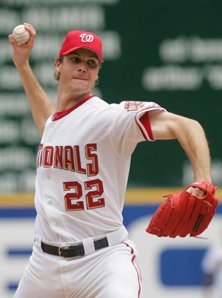






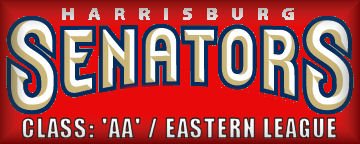
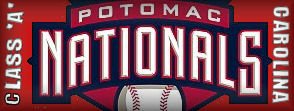

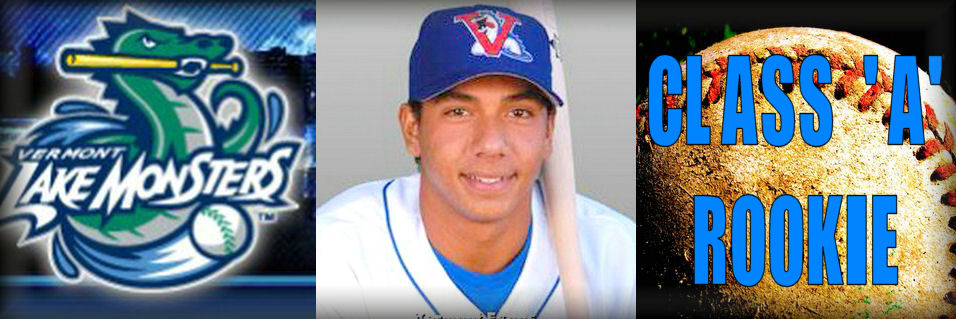















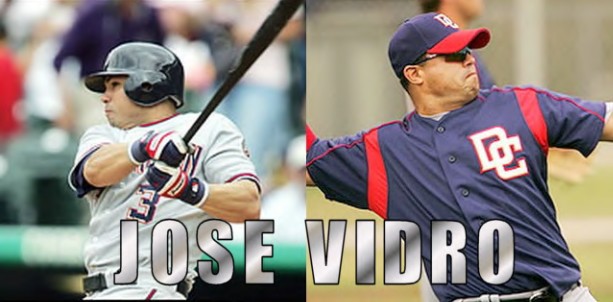




















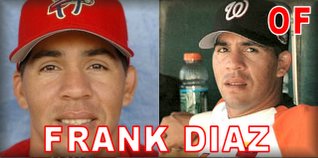

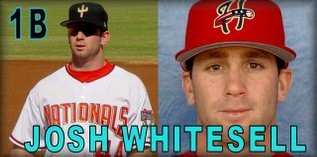
 3) 1926 (road) --- 4) 1936-'37, 1948-'51
3) 1926 (road) --- 4) 1936-'37, 1948-'51 3) 1968 - '71, and 2005 (home) --- 4) 2005 (road)
3) 1968 - '71, and 2005 (home) --- 4) 2005 (road) Buddy Meyer --- Walter Johnson
Buddy Meyer --- Walter Johnson Ed Yost --- Muddy Ruel
Ed Yost --- Muddy Ruel Roger Peckinpaugh --- Joe Cronin
Roger Peckinpaugh --- Joe Cronin Del Unser --- Darold Knowles
Del Unser --- Darold Knowles Ed Stroud - Mike Epstein
Ed Stroud - Mike Epstein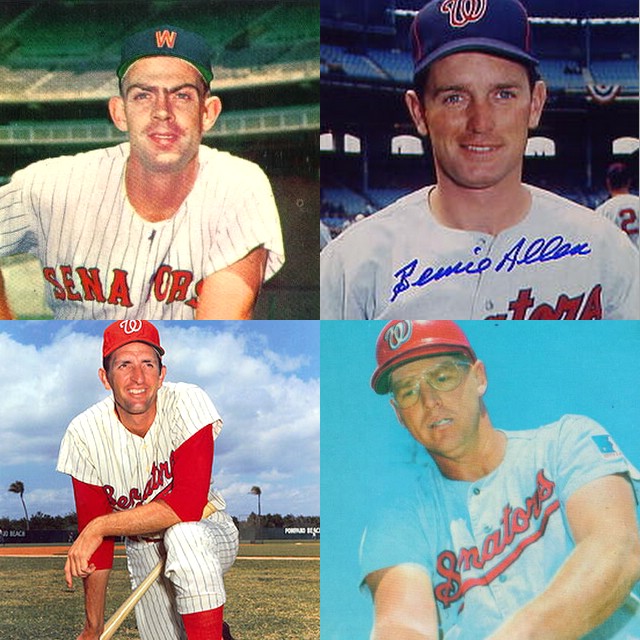 3)1968 -- 4)1969 - 1971
3)1968 -- 4)1969 - 1971